This edition is based on the reset edition first published 2004
First published in Great Britain by George Allen & Unwin 1954
Second Edition 1966
Copyright The Trustees of the J.R.R.Tolkien 1967 Settlement 1954, 1966
 and Tolkien are registered trademarks of The J.R.R. Tolkien Estate Limited
and Tolkien are registered trademarks of The J.R.R. Tolkien Estate Limited
E-ISBN: 978-0-547-95201-7
All rights reserved
For information about permission to reproduce selections from this book, write to Permissions, Houghton Mifflin Harcourt, 215 Park Avenue South, New York, New York 10003.
www.hmhco.com
E-ISBN: 978-0-547-95201-7
v2.1214
The Hobbit
Leaf by Niggle
On Fairy-Stories
Farmer Giles of Ham
The Homecoming of Beorhtnoth
The Lord of the Rings
The Adventures of Tom Bombadil
The Road Goes Ever On (with Donald Swann) Smith of Wootton Major
WORKS PUBLISHED POSTHUMOUSLY
Sir Gawain and the Green Knight, Pearl and Sir Orfeo
The Father Christmas Letters
The Silmarillion
Pictures by J.R.R. Tolkien
Unfinished Tales
The Letters of J.R.R. Tolkien
Finn and Hengest
Mr Bliss
The Monsters and the Critics & Other Essays
Roverandom
The Children of Hrin
The Legend of Sigurd and Gudrn
THE HISTORY OF MIDDLE-EARTH BY CHRISTOPHER TOLKIEN
I The Book of Lost Tales, Part One
II The Book of Lost Tales, Part Two
III The Lays of Beleriand
IV The Shaping of Middle-earth
V The Lost Road and Other Writings
VI The Return of the Shadow
VII The Treason of Isengard
VIII The War of the Ring
IX Sauron Defeated
X Morgoths Ring
XI The War of the Jewels
XII The Peoples of Middle-earth
Three Rings for the Elven-kings under the sky,
Seven for the Dwarf-lords in their halls of stone,
Nine for Mortal Men doomed to die,
One for the Dark Lord on his dark throne
In the Land of Mordor where the Shadows lie.
One Ring to rule them all, One Ring to find them,
One Ring to bring them all and in the darkness bind them
In the Land of Mordor where the Shadows lie.
J.R.R. Tolkiens The Lord of the Rings is often erroneously called a trilogy, when it is in fact a single novel, consisting of six books plus appendices, sometimes published in three volumes.
The first volume, The Fellowship of the Ring, was published in Great Britain by the London firm George Allen & Unwin on 29 July 1954; an American edition followed on 21 October of the same year, published by Houghton Mifflin Company of Boston. In the production of this first volume, Tolkien experienced what became for him a continual problem: printers errors and compositors mistakes, including well-intentioned corrections of his sometimes idiosyncratic usage. These corrections include the altering of dwarves to dwarfs, elvish to elfish, further to farther, nasturtians to nasturtiums, try and say to try to say and (worst of all to Tolkien) elven to elfin. In a work such as The Lord of the Rings, containing invented languages and delicately constructed nomenclatures, errors and inconsistencies impede both the understanding and the appreciation of serious readers and Tolkien had many such readers from very early on. Even before the publication of the third volume, which contained much hitherto unrevealed information on the invented languages and writing systems, Tolkien received many letters from readers written in these systems, in addition to numerous enquiries on the finer points of their usage.
The second volume, The Two Towers, was published in England on 11 November 1954 and in the United States on 21 April 1955. Meanwhile Tolkien worked to keep a promise he had made in the foreword to volume one: that an index of names and strange words would appear in the third volume. As originally planned, this index would contain much etymological information on the languages, particularly on the elven tongues, with a large vocabulary. It proved the chief cause of the delay in publishing volume three, which in the end contained no index at all, only an apology from the publisher for its absence. For Tolkien had abandoned work on it after indexing volumes one and two, believing its size and therefore its cost to be ruinous.
Volume three, The Return of the King, finally appeared in England on 20 October 1955 and in the United States on 5 January 1956. With the appearance of the third volume, The Lord of the Rings was published in its entirety, and its first edition text remained virtually unchanged for a decade. Tolkien had made a few small corrections, but further errors entered The Fellowship of the Ring in its December 1954 second impression when the printer, having distributed the type after the first printing, reset the book without informing the author or publisher. These include misrepresentations of the original printed text that is, words and phrases that read acceptably in context, but which depart from Tolkiens wording as originally written and published.
In 1965, stemming from what then appeared to be copyright problems in the United States, an American paperback firm published an unauthorized and non-royalty-paying edition of The Lord of the Rings. For this new edition by Ace Books the text of the narrative was reset, thus introducing new typographical errors; the appendices, however, were reproduced photographically from the hardcover edition, and remain consistent with it.
Tolkien set to work on his first revision of the text so that a newly revised and authorized edition could successfully compete on the American market. This first revision of the text was published in America in paperback by Ballantine Books, under licence from Houghton Mifflin, in October 1965. In addition to revisions within the text itself, Tolkien replaced his original foreword with a new one. He was pleased to remove the original foreword; in his check copy, he wrote of it: confusing (as it does) real personal matters with the machinery of the Tale, is a serious mistake. Tolkien also added an extension to the prologue and an index not the detailed index of names promised in the first edition, but, rather, a bald index with only names and page references. Additionally, at this time the appendices were greatly revised.
Tolkien received his copies of the Ballantine edition in late January 1966, and in early February he recorded in his diary that he had worked for some hours on the Appendices in Ballantine version & found more errors than I at first expected. Soon after this he sent a small number of further revisions to Ballantine for the appendices, including the now well-known addition of Estella Bolger as wife of Meriadoc in the family trees in Appendix C. Most of these revisions, which entered variously in the third and fourth impressions ( June and August 1966) of volume three, and which were not always inserted correctly (thereby causing further confusion in the text), somehow never made it into the main sequence of revision in the three-volume British hardcover edition, and for long remained anomalies. Tolkien once wrote, concerning the revising of The Lord of the Rings, that perhaps he had failed to keep his notes in order; this errant branch of revision seems likely to be an example of that disorder either in his notes or in the ability of his publishers to follow them with utmost accuracy.
The revised text first appeared in Great Britain in a three-volume hardcover Second Edition from Allen & Unwin on 27 October 1966. But again there were problems. Although the revisions Tolkien sent to America of the text itself were available to be utilized in the new British edition, his extensive revisions to the appendices were lost after being entered into the Ballantine edition. Allen & Unwin were forced to reset the appendices using the copy as published in the first Ballantine edition. This did not include Tolkiens second, small set of revisions sent to Ballantine; but, more significantly, it did include a great number of errors and omissions, many of which were not discovered until long afterwards. Thus, in the appendices, a close scrutiny of the first edition text and of the much later corrected impressions of the second edition is necessary to discern whether any particular change in this edition is authorial or erroneous.
Next page
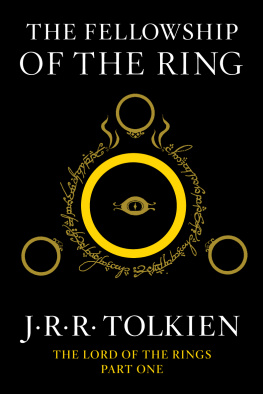
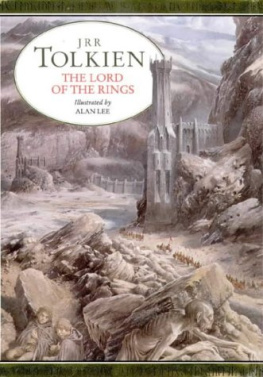
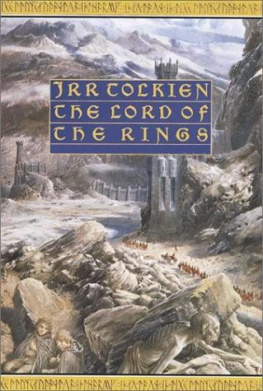
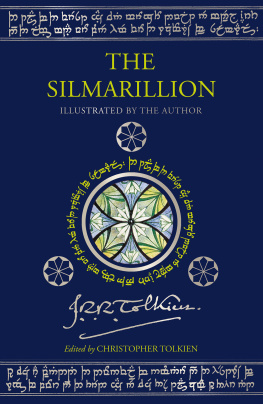
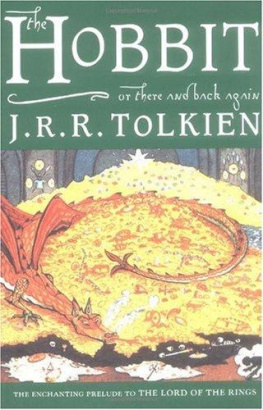

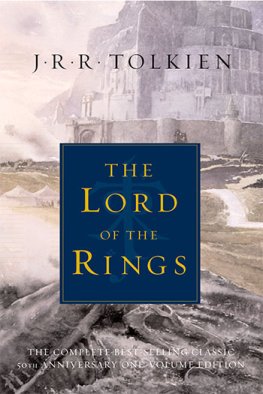
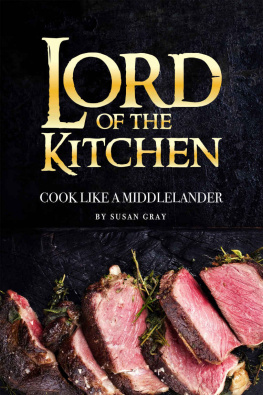
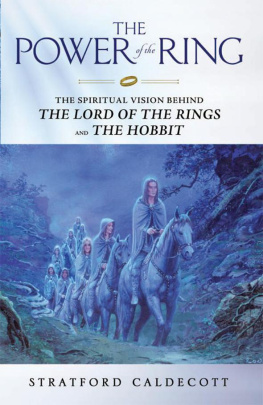
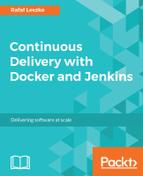
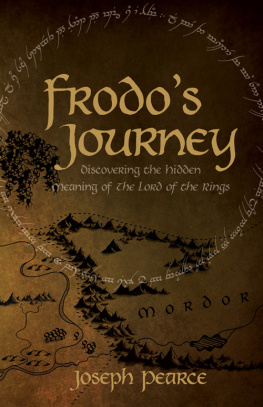
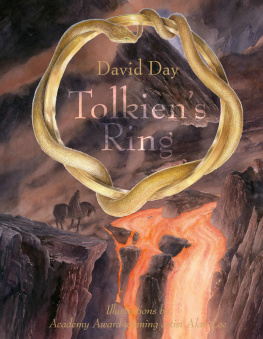
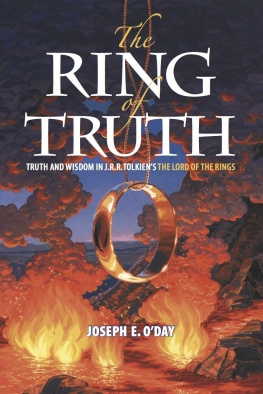
 and Tolkien are registered trademarks of The J.R.R. Tolkien Estate Limited
and Tolkien are registered trademarks of The J.R.R. Tolkien Estate Limited